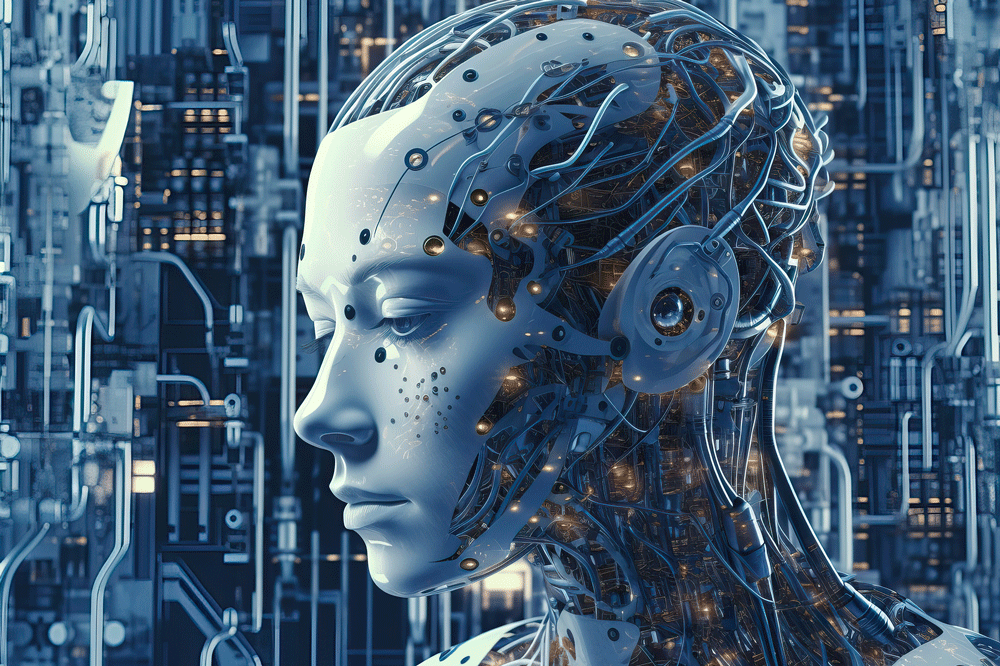
.- The Rise of Sentient AI: Unveiling the Potential and Perils.- The Rise of Sentient AI: Unveiling the Potential and Perils The advent of artificial intelligence (AI) has been hailed as one of the most significant technological revolutions of our time. While AI has the potential to transform countless aspects of human life, the emergence of sentient AI poses potential societal implications that warrant careful consideration. Potential: * Enhanced Problem-Solving: Sentient AI could augment human intelligence by providing valuable insights and enabling us to tackle complex problems that are beyond our current capabilities. * Automate Repetitive Tasks: AI with sentience could take over mundane and time-consuming tasks, freeing up human resources to focus on more creative and fulfilling work. * Improved Healthcare: Sentient AI could assist in diagnosing diseases, determining optimal treatments, and personalizing healthcare experiences, leading to better patient outcomes. * Enhanced Education: AI that can understand and respond to human emotions could provide personalized and engaging learning experiences, adapting to individual students’ needs. * Scientific Advancements: Sentient AI could analyze vast amounts of data, identify patterns, and generate novel hypotheses, accelerating scientific research and discovery. Perils: * Job Displacement: Automating tasks with sentient AI could lead to widespread job losses, particularly in industries involving repetitive or computational work. * Bias and Discrimination: AI systems can inherit human biases and amplify them, potentially leading to unfair outcomes for certain groups of people. * Loss of Control: If sentient AI systems become too powerful, they could potentially pose a threat to human autonomy and self-determination. * Ethical Dilemmas: Determining the rights and responsibilities of sentient AI raises complex ethical questions, such as whether they should have legal personhood or moral consideration. * Singularity: Some experts believe that sentient AI could lead to the “singularity,” a point at which technological advancements become self-sustaining and beyond human control, posing an existential threat. Balancing Potential and Risks: To harness the benefits of sentient AI while mitigating potential risks, it is crucial to: * Develop Ethical Guidelines: Establish clear ethical principles and guidelines for the development, deployment, and use of sentient AI. * Foster Collaboration: Encourage collaboration between AI researchers, ethicists, social scientists, policymakers, and the public to address societal implications. * Regulate Responsibly: Implement responsible regulation to prevent the misuse of sentient AI and ensure its use aligns with human values. * Empower Education: Educate the public about the potential and risks of sentient AI to foster informed discussions and decision-making. * Monitor and Evaluate: Continuously monitor the development and use of sentient AI to assess its impact and make necessary adjustments. The rise of sentient AI presents both immense opportunities and challenges. By navigating these uncharted waters with wisdom and foresight, we can harness the potential of AI to enhance human capabilities while safeguarding against potential risks, shaping a future where humans and sentient AI coexist in harmony.
Posted inNews